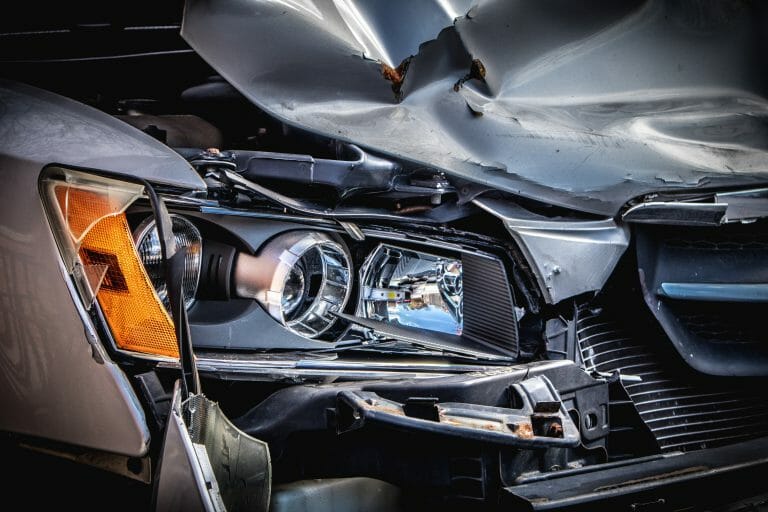Rapid urban expansion in Florida’s metropolitan areas has led to a notable rise in hit-and-run incidents. There’s a mix of reasons behind this uptick: more cars on the road, distracted drivers, and, honestly, some pretty tough economic realities that nudge folks into riskier choices. One big reason? People bolt from crash scenes because they’re scared of legal trouble or don’t have valid insurance.
Most of these cases just ding up a bumper or two, but Florida still sees over 200 deaths each year from hit-and-runs—often involving pedestrians and cyclists. That’s a sobering stat, and it makes you wonder if we’re really tackling the root causes, not just the symptoms. If you ever find yourself in a collision, talking to a Florida car accident lawyer can help clarify your rights and what you’re actually supposed to do next.
Weather and time of day? Turns out, they’re not as big a deal as you might think. It’s more about personal choices and, sometimes, just plain bad judgment. Digging into these patterns might offer a better sense of what’s really going on—and maybe how to fix it.
LOCAL NEWS: Phoenix housing market outpaces national trends again in 2025
INDUSTRY INSIGHTS: Want more news like this? Get our free newsletter here
Key Contributors to Rising Hit-and-Run Accidents in Florida’s Metro Areas
There are a few clear trends making hit-and-runs more common in Florida’s cities. Fast-growing populations, risky driving, poor pedestrian infrastructure, and the motivations that make drivers run for it all play a part in the state’s mounting traffic dangers.
Population Growth and Urbanization
Florida’s metro regions are swelling with new residents and tourists, which means jam-packed streets and highways. More people equals more cars, and, well, more opportunities for fender-benders—or worse. Traffic jams and busy roads force drivers into close quarters, and it doesn’t take much for things to go sideways.
City growth often outpaces upgrades to roads and traffic systems, so you end up with more crashes, especially during rush hour. And with so many people packed together, pedestrians bear the brunt when things go wrong. They make up a big chunk of those killed in hit-and-run cases.
Distracted and Reckless Driving Behaviors
Unsafe driving is a huge culprit here. Phones, fast food, fiddling with the radio—distractions like these slow down reaction times and lead to mistakes. Add in speeding, cutting people off, or blowing through red lights, and it’s a recipe for disaster.
Some drivers take off after a crash to dodge tickets, suspensions, or worse—especially if they’ve been drinking. These split-second decisions are a big reason hit-and-run numbers keep climbing, and they leave a trail of injuries and heartbreak. Police have their hands full trying to track these folks down.
Insufficient Pedestrian Infrastructure and Safety Measures
Honestly, a lot of busy city areas just aren’t built to keep pedestrians safe. Crosswalks, signals, decent lighting, even sidewalks—sometimes they’re missing, broken, or just plain ignored. That’s a big part of why so many pedestrians are killed in hit-and-runs.
People on foot are especially at risk in low light—think dawn, dusk, or nighttime. Over 80% of deadly hit-and-runs happen when visibility is bad. Without safe places to walk, it’s no wonder these crashes can be so severe.
Common Driver Motivations for Leaving the Scene
Why do drivers run? Usually, it’s to avoid legal headaches, insurance hikes, or criminal charges. The fear of getting arrested or losing a license pushes some people to make a bad situation worse by fleeing. If someone’s been drinking or is already in trouble, the stakes are even higher, so they bolt.
Sometimes it’s panic or just pure shock. Not everyone means harm, but leaving the scene almost always makes things worse—for victims and investigators alike. Florida’s laws are tough on this, with heavy fines and prison time meant to keep people from ducking responsibility.
Traffic Safety Challenges and Enforcement Efforts
Hit-and-runs in Florida’s fast-growing cities are shaped by how police, the law, and safety groups respond. It’s a complicated mix, especially with more cars and people crowding the streets, and it’s not always easy to keep up.
Role of Law Enforcement and Reporting Systems
State and local police are on the front lines—running public awareness campaigns, enforcing the rules, and trying to keep risky drivers in check. Quick reporting and solid investigations can help catch offenders faster.
But with more incidents piling up, police resources get stretched thin. Sometimes they’re working with incomplete info, late calls, or not enough tech to gather evidence. All that can slow down the process of finding and charging hit-and-run drivers.
Tools like the Fatality Analysis Reporting System (FARS) help police spot trends and focus on trouble spots—especially where nighttime accidents and pedestrian injuries are common. Local insights play a role, too, guiding where to put their efforts for the best impact.
Impact of Traffic Violations and Legislation
Speeding, texting behind the wheel, and driving drunk are all major drivers of hit-and-runs. Lawmakers have tried to up the penalties and clarify the rules, hoping it’ll make people think twice before taking off after a crash.
Florida’s been pushing for tougher consequences, but it all comes down to how consistently the laws are enforced—and whether the public is on board. Insurance rules matter, too, since underinsured motorist coverage can help victims get compensated.
Even with stricter laws, rising costs—like sky-high repair bills and insurance rates—tempt some drivers to disappear after an accident. Maybe the laws need to address those financial pressures, not just hand out bigger fines.
Trends from National and Regional Traffic Safety Organizations
Data collected by organizations like the National Highway Traffic Safety Administration (NHTSA) and the AAA Foundation for Traffic Safety highlight evolving patterns. National statistics reveal that hit-and-run fatalities climbed significantly over the past decade, with night hours and weekends showing the highest concentrations.
Regionally, Florida exhibits a notable share of deadly crashes involving hit-and-runs, reflecting its dense urban centers and pedestrian activity. These groups promote evidence-based strategies that include enhanced patrols, community education on pedestrian safety, and integration of technology such as automated license plate readers.




